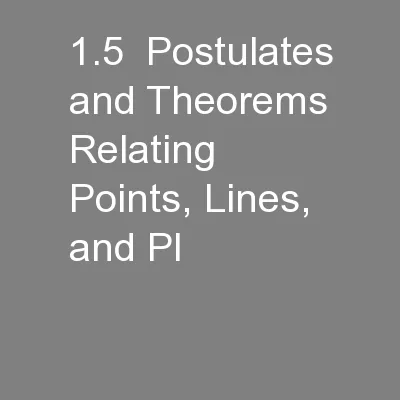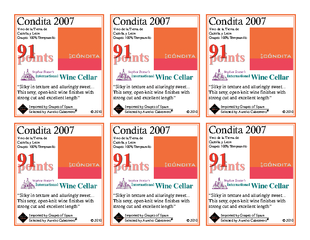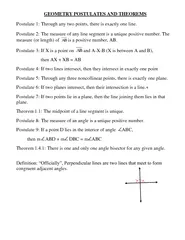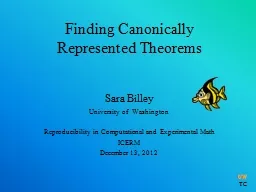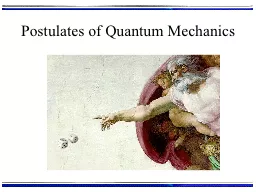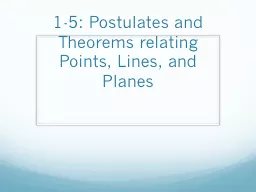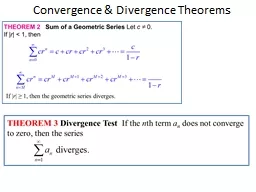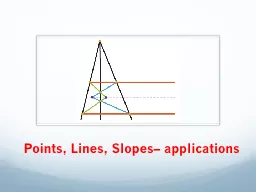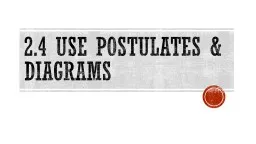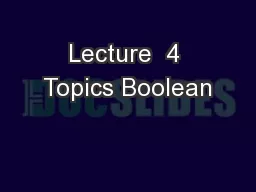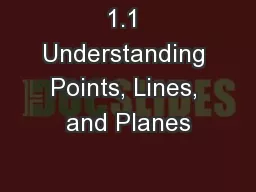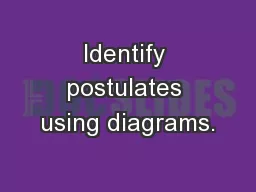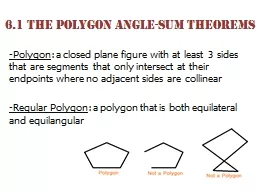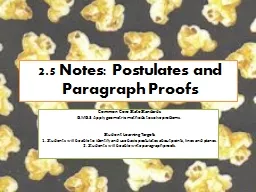PPT-1.5 Postulates and Theorems Relating Points, Lines, and Pl
Author : alida-meadow | Published Date : 2016-06-20
Conduct Experiments 13 Write down the goal for each experiment in your notes Answer every question that is something that has a question mark Experiment 1 Goal
Presentation Embed Code
Download Presentation
Download Presentation The PPT/PDF document "1.5 Postulates and Theorems Relating Po..." is the property of its rightful owner. Permission is granted to download and print the materials on this website for personal, non-commercial use only, and to display it on your personal computer provided you do not modify the materials and that you retain all copyright notices contained in the materials. By downloading content from our website, you accept the terms of this agreement.
1.5 Postulates and Theorems Relating Points, Lines, and Pl: Transcript
Download Rules Of Document
"1.5 Postulates and Theorems Relating Points, Lines, and Pl"The content belongs to its owner. You may download and print it for personal use, without modification, and keep all copyright notices. By downloading, you agree to these terms.
Related Documents

